Restoring Handplanes: Tuning up Parts
Rollie Johnson gets his hands dirty in this episode, flattening the mating surfaces of the frog, and the sole of a vintage handplane.
Start your 14-day FREE trial to watch this video
Plus, access more than 500 video workshop episodes when you become a member
Rejuvenating an old Stanley Bailey plane is a great way to get started handplaning without breaking a slim woodworking budget. Tearing down a plane to its bare chassis and building it back to blueprint specs not only creates a great performing plane, but also gives you an insight into how these wonderful bench mates work. Rollie Johnson has rebuilt dozens of Bailey planes and given more than 100 seminars on the subject. In this video workshop he demonstrates his step-by-step approach to turning a clunker into a classic.
In this episode Rollie will show how to carefully tune up essential parts, like the frog, so that adjustments are exact and smooth.
Resources:
The water mix valve grinding compound for bedding the frog can be found at NAPA auto parts online or in stores.
Camellia oil is Roland Johnson’s preferred rust protector and lubricant. It’s available through Woodcraft and Amazon.
Videos in the Series
-
Restoring Vintage Handplanes with Rollie Johnson: IntroductionJanuary 27, 2021
-
Restoring Handplanes: All About Stanley PlanesJanuary 27, 2021
-
Restoring Handplanes: The Parts of a Bench PlaneFebruary 3, 2021
-
Restoring Handplanes: Cleaning and RepairingFebruary 10, 2021
-
Restoring Handplanes: Tuning up PartsFebruary 17, 2021
-
Restoring Handplanes: Sharpening and SetupFebruary 25, 2021
-
Restoring Handplanes: Block PlaneMarch 3, 2021
-
Tuning and Using the Stanley 82 ScraperMarch 10, 2021


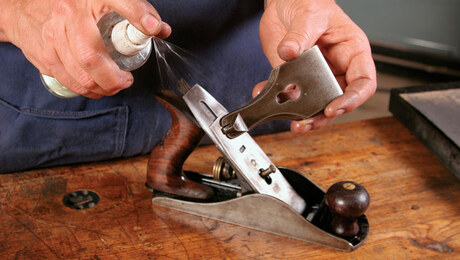
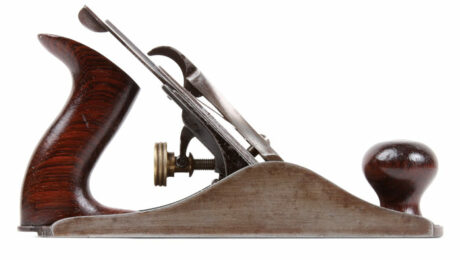
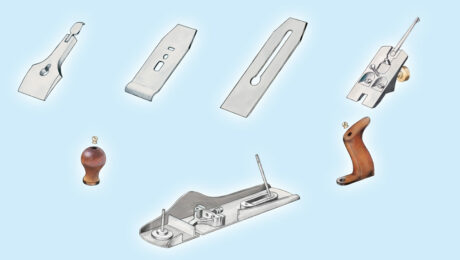
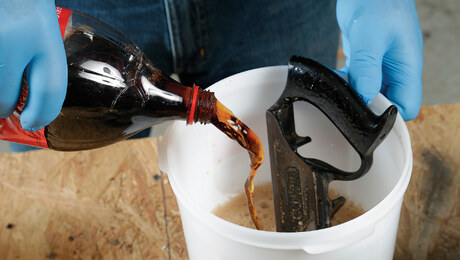
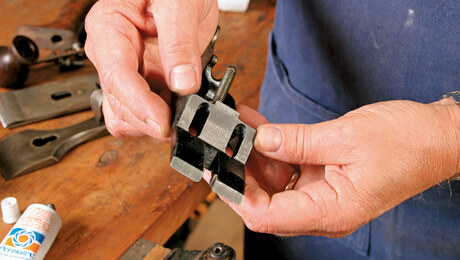
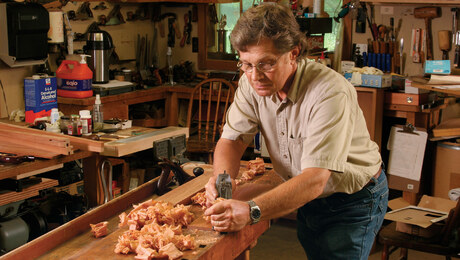
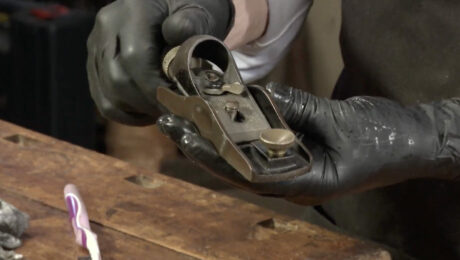
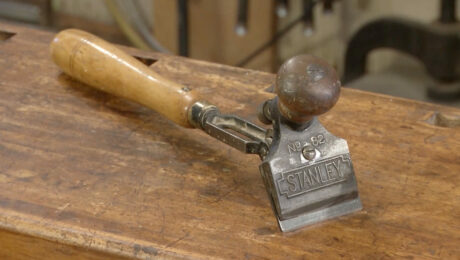






Comments
A quick question... regarding the camellia oil. I’ve used jojoba oil in the past on my tools. Is there a significant difference between the two? Apologies if this is a dumb question. I’ve been told the impact of either of the oils-any that might ultimately shed to the wood- is the same.
Great series. I’m enjoying it a lot. I’ve a few planes that I’ll be giving this attention to. Thought I’d already well fettled them. I see I have some work to do.
I am wondering the same thing.
FW did a test of rust preventers in issue #227 (https://www.finewoodworking.com/2012/05/31/the-best-rust-preventers). The article doesn’t cover the difference between the two, but it does have this to say:
“Camellia and Jojoba oils are natural products (made from vegetable oil), so they have a pleasant odor. That quality is partially why they are used often by hand-tool aficionados as a protectant. But in our tests, the products were marginal performers.”
I have really been enjoying this video series. I pulled out a pair of No. 5s that were my father's, took them apart and submerged them in cola for a week. Today I pulled them out and cleaned off all of the surface rust with a synthetic pad and brass brush. That has to be the neatest trick of all time-it's amazing how well it works! Now I'll start flattening the various surfaces following the directions in the latest video.
This series is helping me to see spots I missed when bringing my great grandfathers tools back to life. Specifically how to tune the frog. Thanks!
What is the grit of the lapping compound?
There is a link to the compound above. There is no stated grit.
This is really exceptional content y'all. I've watched quite a few hand plane restoration videos on the Youtubes, but none demonstrate the depth of knowledge that Roland does in this series.
Log in or become a member to post a comment.
Sign up Log in